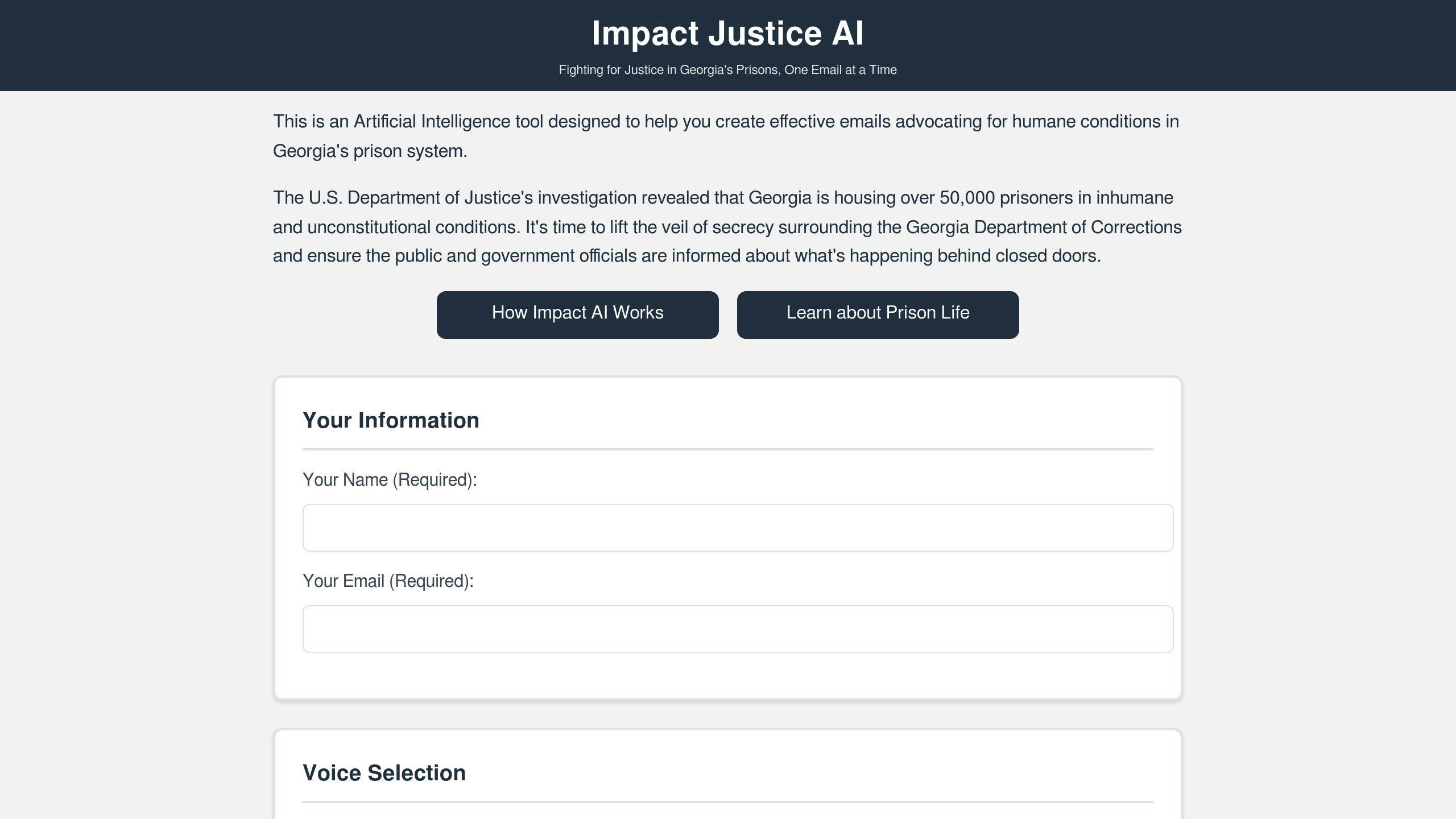Prison education reduces reoffending and saves money. Here’s why it works:
- Cuts Recidivism: Education lowers recidivism rates by 14.8%, with college programs reducing it by 27.7%.
- Saves Taxpayer Money: Every $1 spent on prison education saves $4–$5 in incarceration costs.
- Boosts Employment: Participants are 6.9% more likely to get jobs and earn higher wages post-release.
- Improves Literacy: Many incarcerated individuals struggle with basic literacy, and education programs address this gap.
- Economic Returns: Vocational training offers a $13.21 return per $1 invested, while correctional education yields $19.62 per $1.
Investing in prison education creates safer communities, reduces costs, and helps individuals reintegrate into society. The benefits are clear: fewer repeat offenses, better job prospects, and long-term economic gains.
How Education Reduces Recidivism
Studies Linking Education to Lower Recidivism
Research shows that education in prisons can cut recidivism by as much as 11.3%. More recent findings point to a 7% drop in reoffending rates since 2010 [1]. An extensive review of 78 studies backs up the success of these programs, with college-level courses showing the strongest effect in preventing individuals from returning to crime [5].
Additional Advantages of Prison Education
Prison education programs offer more than just lower reoffending rates – they help individuals transition back into society more effectively. One key area of improvement is literacy. Incarcerated individuals are 60% more likely to face challenges with basic reading and writing skills compared to the general population [2]. Addressing this gap can make a huge difference.
The Corrections Education Leadership Academy (CELA) showcases how education programs can succeed by:
- Using effective teaching strategies
- Partnering with colleges and local organizations [4]
These programs also have a ripple effect on the economy. They help individuals secure jobs, earn better wages, and reintegrate into society. By giving people the tools they need to succeed and lowering reoffending rates, prison education lightens the financial load of incarceration on taxpayers.
The evidence makes it clear: well-structured education programs in prisons can drive meaningful change.
Steps to Build Effective Prison Education Programs
Oversight and Standardization of Education Programs
Establishing a statewide school district for correctional education helps create consistent standards, efficient resource allocation, and uniform program quality across facilities. This approach ensures accountability while laying the groundwork for sustainable program success.
Boosting Participation with Enrollment and Incentives
Using skill assessments to automatically enroll inmates ensures they receive education suited to their abilities, ranging from basic literacy to college-level courses. Incentives like earned-time credits, which reduce sentence lengths for completing programs, encourage participation and contribute to lower reoffending rates [2].
| Incentive Type | Benefits | Impact |
|---|---|---|
| Earned-Time Credits | Shortens sentence length | Encourages program engagement |
| Skill-Based Placement | Matches inmate abilities | Enhances learning effectiveness |
| Automatic Enrollment | Promotes involvement | Addresses educational gaps |
Ongoing Evaluation and Program Refinement
"Investment in prison-based education and workforce training programs produces both safer communities and positive economic returns." – David Guenthner, Vice President for Government Affairs at the Mackinac Center [5]
Consistent evaluation is critical to optimizing program outcomes. Metrics like completion rates, post-release employment, recidivism reduction, and cost-efficiency provide valuable insights. Partnering with external organizations ensures that educational programs align with workforce demands, improving job prospects for participants after release. Regular assessments help refine these initiatives, ensuring they remain effective in reducing reoffending and achieving the broader goals of correctional education reform.
The Financial Benefits of Prison Education
How Education Saves Money
Prison education programs save taxpayers money by lowering incarceration rates, reducing arrests, and cutting down on court cases. Vocational training provides a return of $13.21 for every dollar spent, while correctional education delivers an even better return of $19.62 per dollar [5]. These programs significantly lower reoffending rates, with a 14.8% drop in recidivism [5]. College-level education initiatives stand out as particularly effective in reducing costs.
| Cost Category | Description |
|---|---|
| Direct Costs | Lower incarceration expenses |
| Law Enforcement | Fewer repeat offenses |
| Judicial System | Fewer court cases |
| Vocational Programs | Better employment outcomes |
| Correctional Education | High return on investment |
Long-Term Economic and Social Gains
Prison education doesn’t just save money in the short term – it also boosts the economy over time. Participants are 6.9% more likely to find employment, shifting from being repeat offenders to contributing taxpayers. Secondary-degree programs reduce recidivism by 30%, leading to ongoing savings across the judicial and correctional systems. This also helps build safer, more stable communities [5].
sbb-itb-25113a2
Why Correctional Education Matters
Advocacy Tools to Support Prison Education
Supporting prison education reform takes more than just understanding its financial benefits – it requires the right tools and active participation from citizens. Thanks to modern technology, advocating for educational programs in correctional facilities has become more accessible and impactful.
Impact Justice AI: Simplifying Advocacy

Impact Justice AI is a tool designed to help advocates promote educational programs in Georgia’s prisons. By focusing on lowering recidivism and cutting public spending, this AI-driven platform streamlines the advocacy process. It creates persuasive, evidence-based messages and connects users directly with policymakers.
Here’s how the platform strengthens advocacy efforts:
- Crafts data-backed messages using Department of Justice reports and research.
- Facilitates direct connections with decision-makers and media outlets.
- Customizes messages to emphasize the benefits of prison education.
- Supports initiatives like automatic enrollment and earned-time incentives.
Advocates can target their efforts on essential program components, such as:
- Establishing standardized education programs.
- Developing systems that reward participation.
- Conducting regular evaluations to ensure program success.
- Highlighting cost savings achieved through reduced recidivism.
Conclusion: Moving Forward with Prison Education
Key Points Recap
Investing in prison education has a clear impact: it lowers recidivism rates, boosts employment opportunities for formerly incarcerated individuals, and reduces costs for taxpayers. In fact, for every dollar spent, there’s a $4–$5 return [3]. Education helps individuals secure stable jobs and better wages, allowing them to contribute to the tax base and strengthen local economies. Research consistently highlights that these programs lead to safer communities and financial gains.
Steps Toward Reforming Prison Education
Improving prison education programs requires ongoing efforts from policymakers, corrections officials, and community advocates. Here’s how change can happen:
- Advocates can call for standardized education programs, automatic enrollment systems, and earned-time credits to incentivize participation.
- Tools like Impact Justice AI can be used to connect with decision-makers and promote reforms rooted in research.
- Combining policy changes with community-driven advocacy ensures a stronger push for effective solutions.
Prison education programs bring clear social and economic advantages. Supporting these initiatives not only transforms lives but also reduces taxpayer costs, making the correctional system more effective and humane for everyone. By backing evidence-based approaches, we can help create a system that benefits individuals and society alike.
FAQs
Does prison education reduce recidivism?
Yes, it does. On average, prison education reduces recidivism by 14.8%, with participants seeing up to a 43% drop in reoffending rates within the first year [5]. These programs also improve job prospects, increasing the chances of employment by 6.9% and boosting quarterly wages by $131 for former offenders [5]. By lowering reoffending rates and enhancing employment outcomes, these programs help ease the financial burden on taxpayers.
How can prison education save taxpayers money?
Prison education saves money by cutting down on reincarceration, which reduces the need for expensive legal and correctional processes. For every $1 invested, taxpayers save $4 to $5 in incarceration costs. Vocational and correctional programs, in particular, deliver strong returns on investment [3] [5]. These savings come from addressing the root causes of recidivism, such as gaps in education and employment.
How effective are prison education programs?
Prison education programs have proven highly effective, especially in tackling literacy and employment challenges. College-level courses offer the greatest benefits to participants, while work training programs provide the best financial returns for taxpayers [5]. Many incarcerated individuals struggle with basic literacy or lack a high school diploma, but these programs are designed to close those gaps, improve job opportunities, and reduce reoffending.
"This research makes clear that investment in prison-based education and workforce training programs produces both safer communities and positive economic returns" – David Guenthner, Vice President for Government Affairs at the Mackinac Center [5]
Investing in these programs not only reduces recidivism but also strengthens public safety and community well-being.
